
Find Help
More Items From Ergsy search
-

What SPF is best for children?
Relevance: 100%
-
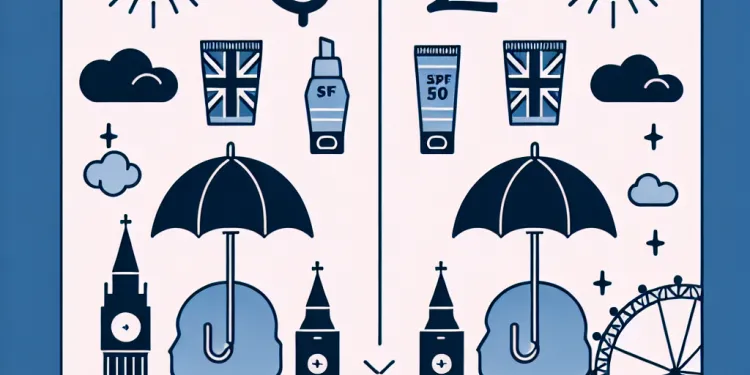
How does sunscreen with SPF 20 compare to SPF 50?
Relevance: 92%
-

Is a higher SPF always better?
Relevance: 89%
-

What does SPF stand for?
Relevance: 85%
-
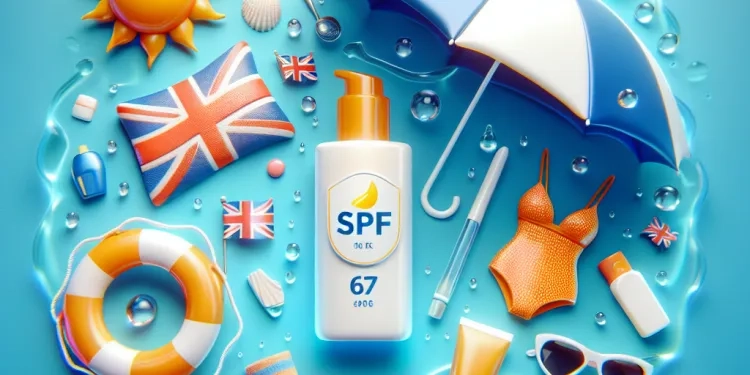
Do I need a different SPF for water-related activities?
Relevance: 84%
-

What SPF level is recommended to prevent sunburn?
Relevance: 83%
-

Can makeup with SPF replace sunscreen?
Relevance: 82%
-

Should I use a different SPF for my face and body?
Relevance: 75%
-

What SPF should I use if I am going to be outdoors all day?
Relevance: 75%
-

What SPF should I use if I have sensitive skin?
Relevance: 74%
-

Is SPF 15 enough for everyday use?
Relevance: 58%
-

How can I keep children safe during a heatwave?
Relevance: 55%
-

Which factor sunscreen should I use?
Relevance: 49%
-

Who are SEND children?
Relevance: 49%
-

What are SEND children?
Relevance: 49%
-

Is Baxdrostat suitable for children?
Relevance: 49%
-

What is lupus in children?
Relevance: 49%
-

Lupus in children | NHS
Relevance: 49%
-

Children's Vaccination Schedule
Relevance: 48%
-

What causes lupus in children?
Relevance: 47%
-

Is tooth decay common in children?
Relevance: 47%
-

Are there specific mobility equipment for children?
Relevance: 46%
-

Can children use Mounjaro?
Relevance: 46%
-

Can children outgrow asthma?
Relevance: 46%
-
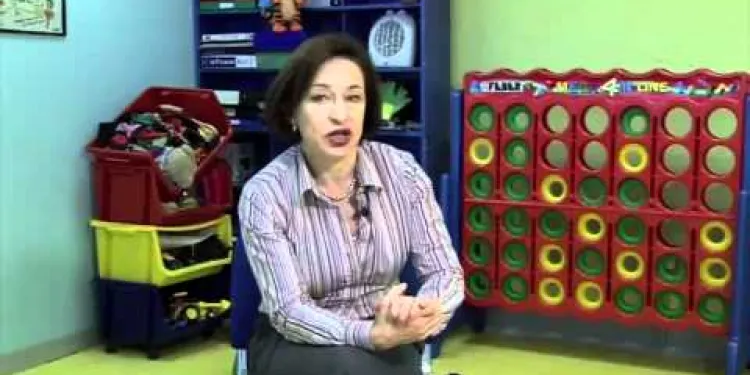
Children With Co-ordination Difficulties and Dyspraxia
Relevance: 46%
-

Understanding Mental Health in Children
Relevance: 46%
-

Can Wegovy be used by children?
Relevance: 46%
-
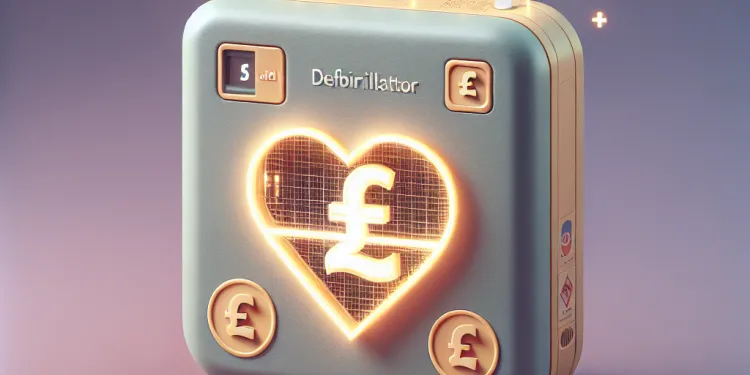
Can defibrillators be used on children?
Relevance: 46%
-
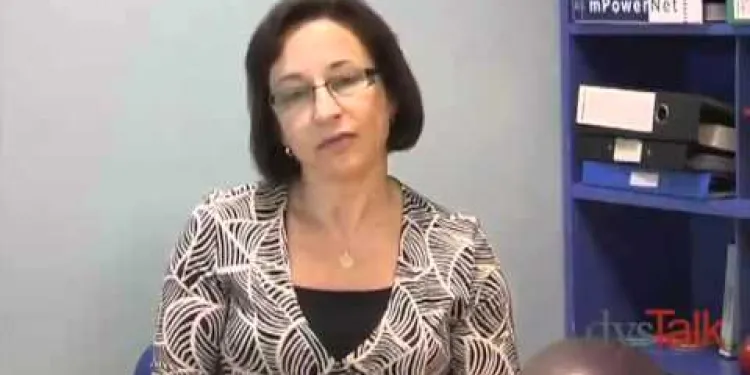
Dyspraxia Children: How to Help
Relevance: 46%
-

How is lupus diagnosed in children?
Relevance: 45%
-

Why do some children stammer?
Relevance: 45%
-

What are the common symptoms of lupus in children?
Relevance: 44%
-
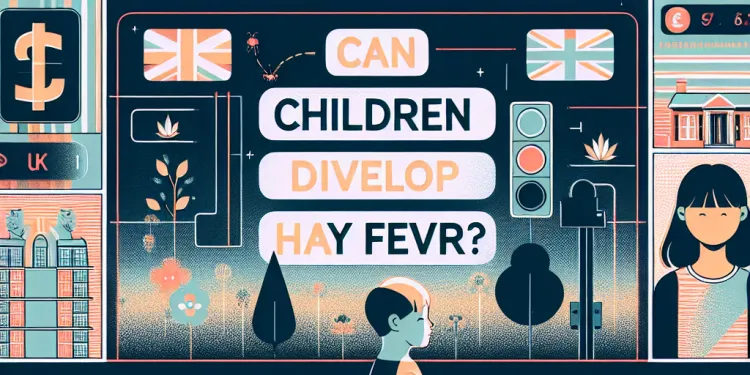
Can children develop hay fever?
Relevance: 44%
-

Can children have sleep apnea?
Relevance: 44%
-

Can children develop Crohn's disease?
Relevance: 44%
-
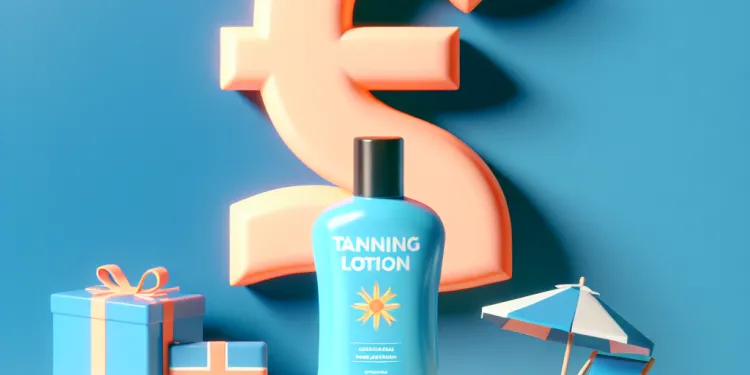
Does tanning lotion prevent sunburn?
Relevance: 44%
-

How is progress measured for SEND children?
Relevance: 44%
-
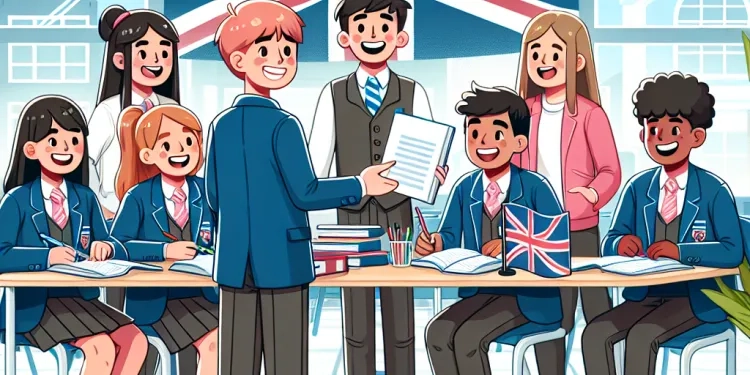
Do SEND children attend mainstream schools?
Relevance: 44%
-

Do children need a separate passport to travel to the EU?
Relevance: 43%
-

Can children get nettle rash?
Relevance: 43%
Understanding SPF
SPF, or Sun Protection Factor, measures a sunscreen's ability to protect the skin from harmful UVB rays. UVB rays are responsible for sunburn and can contribute to skin cancer over time. The higher the SPF number, the greater the level of protection against sunburn.
Why SPF Matters for Children
Children's skin is more sensitive and thinner than that of adults, making it more vulnerable to sunburn and sun damage. Sun exposure during childhood can significantly increase the risk of developing skin cancer later in life. Therefore, selecting the right SPF for children is crucial to ensure their skin is adequately protected.
The Best SPF for Children
When choosing an SPF for children, it is recommended to use a broad-spectrum sunscreen with an SPF of at least 30. Broad-spectrum protection means the sunscreen will protect against both UVA and UVB rays, which can cause both immediate and long-term skin damage. SPF 30 blocks approximately 97% of UVB rays, making it a suitable choice for children.
In situations where children are exposed to intense sunlight for prolonged periods, such as at the beach or during outdoor sports, a higher SPF can offer additional protection. An SPF of 50 provides slightly more protection by blocking about 98% of UVB rays, which might be beneficial for fair-skinned children or those at higher risk of sunburn.
Application Tips
Regardless of the SPF chosen, it is crucial to apply sunscreen generously and evenly. Reapplication is key, especially after swimming, sweating, or towel drying. Ideally, sunscreen should be reapplied every two hours to maintain effective protection. Parents should ensure they cover all exposed areas, including the ears, neck, and tops of the feet, which are often overlooked areas.
Additional Sun Safety Tips
Besides using sunscreen, parents can further protect their children by ensuring they wear protective clothing, such as hats and sunglasses, and by encouraging them to play in the shade, especially during the peak sun hours from 11 AM to 3 PM. It's also important to remember that UV rays can penetrate clouds, so protection is necessary even on overcast days.
Conclusion
Choosing the right SPF for children involves balancing adequate protection with practicality. An SPF 30 sunscreen is generally suitable for everyday activities, while an SPF 50 might be beneficial for extended outdoor exposure. Regardless of the SPF level, proper application and reapplication are vital in providing effective sun protection for children.
Understanding SPF
SPF stands for Sun Protection Factor. It tells us how well a sunscreen can protect our skin from the sun's UVB rays. These rays can cause sunburn and might lead to skin cancer if we get too much sun. A bigger SPF number gives more protection.
Why SPF Matters for Children
Children's skin is softer and thinner than grown-ups' skin. This makes it easier for them to get sunburned. Too much sun when they are young can cause skin cancer when they are older. It’s important to pick the right SPF to keep their skin safe.
The Best SPF for Children
When picking sunscreen for kids, use one that has at least SPF 30 and protects against both UVA and UVB rays. This is called broad-spectrum protection. SPF 30 blocks about 97% of UVB rays. It’s a good choice for children.
If kids are in the sun a lot, like at the beach or playing sports, a higher SPF like 50 can help. SPF 50 blocks about 98% of UVB rays. This might be better for kids who burn easily.
Application Tips
No matter which SPF you use, put on sunscreen thickly and evenly. Make sure to use it again after swimming, sweating, or drying off with a towel. You should put on more sunscreen every two hours. Don’t miss spots like ears, neck, and the tops of feet.
Additional Sun Safety Tips
Besides sunscreen, kids can wear hats, sunglasses, and play in the shade to stay safe from the sun. It’s best to avoid the sun when it’s strongest, between 11 AM and 3 PM. Remember, UV rays can go through clouds, so use protection even if it’s cloudy.
Conclusion
Picking the right SPF for kids means keeping them safe and it's easy to do. SPF 30 works well for most days. SPF 50 is better for long sunny days outside. Always put sunscreen on the right way and put it on again to keep kids protected.
Frequently Asked Questions
Useful Links
- Ergsy carfully checks the information in the videos we provide here.
- Videos shown by Youtube after a video has completed, have NOT been reviewed by ERGSY.
- To view, click the arrow in centre of video.
- Most of the videos you find here will have subtitles and/or closed captions available.
- You may need to turn these on, and choose your preferred language.
- Go to the video you'd like to watch.
- If closed captions (CC) are available, settings will be visible on the bottom right of the video player.
- To turn on Captions, click settings .
- To turn off Captions, click settings again.
More Items From Ergsy search
-

What SPF is best for children?
Relevance: 100%
-

How does sunscreen with SPF 20 compare to SPF 50?
Relevance: 92%
-

Is a higher SPF always better?
Relevance: 89%
-

What does SPF stand for?
Relevance: 85%
-

Do I need a different SPF for water-related activities?
Relevance: 84%
-

What SPF level is recommended to prevent sunburn?
Relevance: 83%
-

Can makeup with SPF replace sunscreen?
Relevance: 82%
-

Should I use a different SPF for my face and body?
Relevance: 75%
-

What SPF should I use if I am going to be outdoors all day?
Relevance: 75%
-

What SPF should I use if I have sensitive skin?
Relevance: 74%
-

Is SPF 15 enough for everyday use?
Relevance: 58%
-

How can I keep children safe during a heatwave?
Relevance: 55%
-

Which factor sunscreen should I use?
Relevance: 49%
-

Who are SEND children?
Relevance: 49%
-

What are SEND children?
Relevance: 49%
-

Is Baxdrostat suitable for children?
Relevance: 49%
-

What is lupus in children?
Relevance: 49%
-

Lupus in children | NHS
Relevance: 49%
-

Children's Vaccination Schedule
Relevance: 48%
-

What causes lupus in children?
Relevance: 47%
-

Is tooth decay common in children?
Relevance: 47%
-

Are there specific mobility equipment for children?
Relevance: 46%
-

Can children use Mounjaro?
Relevance: 46%
-

Can children outgrow asthma?
Relevance: 46%
-

Children With Co-ordination Difficulties and Dyspraxia
Relevance: 46%
-

Understanding Mental Health in Children
Relevance: 46%
-

Can Wegovy be used by children?
Relevance: 46%
-

Can defibrillators be used on children?
Relevance: 46%
-

Dyspraxia Children: How to Help
Relevance: 46%
-

How is lupus diagnosed in children?
Relevance: 45%
-

Why do some children stammer?
Relevance: 45%
-

What are the common symptoms of lupus in children?
Relevance: 44%
-

Can children develop hay fever?
Relevance: 44%
-

Can children have sleep apnea?
Relevance: 44%
-

Can children develop Crohn's disease?
Relevance: 44%
-

Does tanning lotion prevent sunburn?
Relevance: 44%
-

How is progress measured for SEND children?
Relevance: 44%
-

Do SEND children attend mainstream schools?
Relevance: 44%
-

Do children need a separate passport to travel to the EU?
Relevance: 43%
-

Can children get nettle rash?
Relevance: 43%


